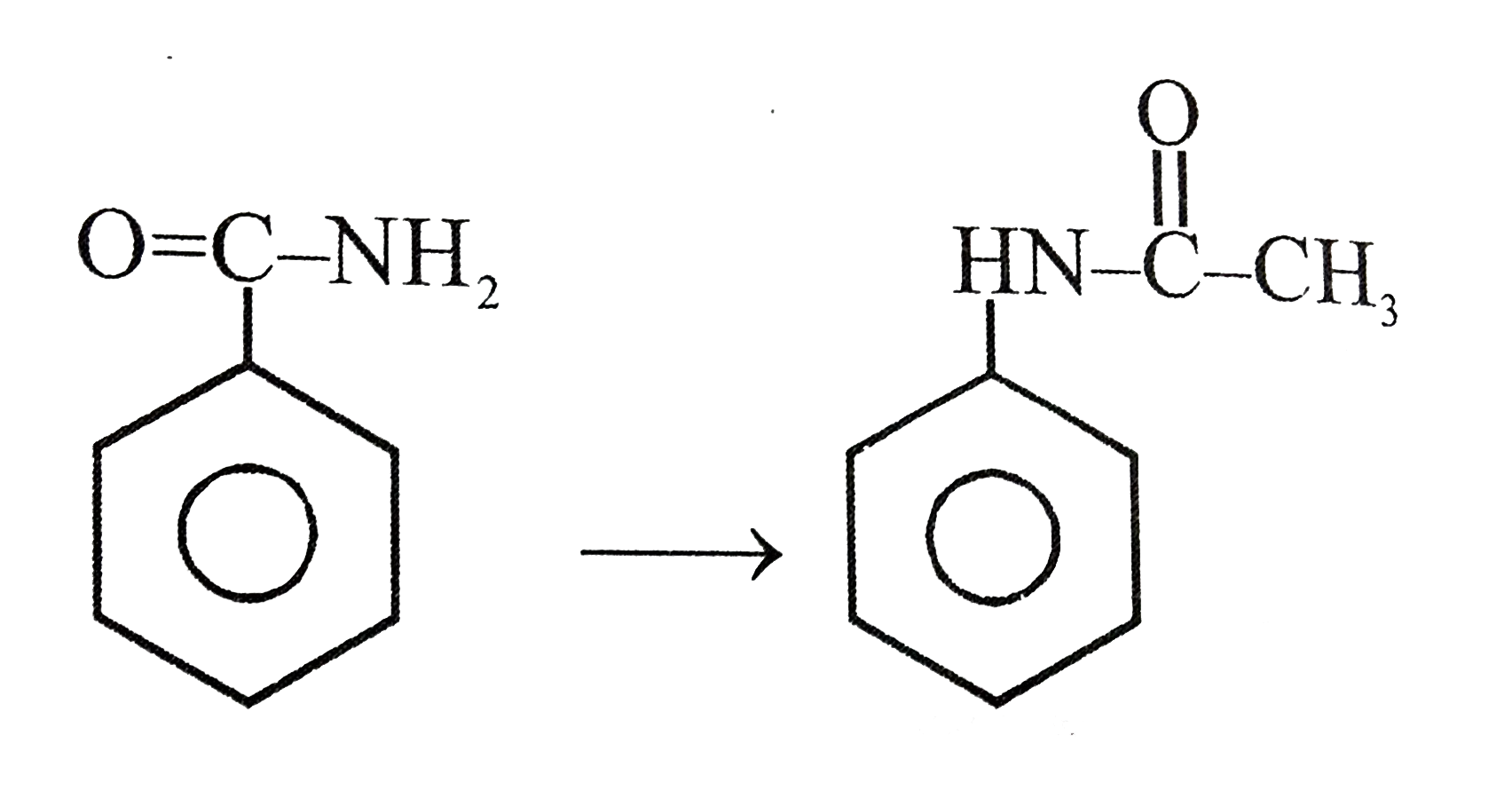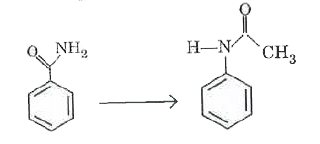The minimum energy needed to convert a reactant into product is called
Potential energy
Kinetic energy
Threshold energy
Activation energy
The correct Answer is:D
Step by step video, text & image solution for The minimum energy needed to convert a reactant into product is called by Chemistry experts to help you in doubts & scoring excellent marks in Class 12 exams.
Topper's Solved these Questions
- BOOK - MARVEL PUBLICATIONCHAPTER - CHEMICAL KINETICSEXERCISE - TEST YOUR GRASP50videos
CHEMICAL KINETICS
- BOOK - MARVEL PUBLICATIONCHAPTER - BIOMOLECULESEXERCISE - TEST YOUR GRASP40videos
BIOMOLECULES
- BOOK - MARVEL PUBLICATIONCHAPTER - CHEMICAL THERMODYNAMICS AND ENERGETICSEXERCISE - MULTIPLE CHOICE QUESTIONS (TEST YOUR GRASP)50videos
CHEMICAL THERMODYNAMICS AND ENERGETICS
Similar Questions
Knowledge Check
- Question 1 - Select One
The reagents needed to convert :
 AKOH,Br2,LiAlH4BKOH,Br2,CH3COClCKOH,Br2,Ni,H2,CH3COClDHONO,(CH3CO)2O
AKOH,Br2,LiAlH4BKOH,Br2,CH3COClCKOH,Br2,Ni,H2,CH3COClDHONO,(CH3CO)2O - Question 2 - Select One
The minimum energy required to eject an electron from an atom is called
AKinetic energyBElectrical energyCChemical energyDWork function - Question 3 - Select One
The minimum energy needed to separate the constituent of nucieons system is known as
Aionisation energyBbinding energyCexcitation energyDkinetic energy
The reagents needed to convert is/are
 View Solution
View SolutionThe rate of reaction (dxdt) varies with nature, physical state and concentration of reactants, temperature, exposure to light and catalyst, whereas rate constant (K) varies with temperature and catalyst only. The rate constant K is given as K=Ae−Ea/RT where A is Arrhenius parameter or pre-exponential factor and Ea is energy of activation. The minimum energy required for a reaction is called threshold energy and the additional energy required by reactant molecules to attain threshold energy level is called energy of activation.
At what conditions exponential factor is zero a reaction?View SolutionThe rate of a reaction (dxdt) varies with nature, physical state and concentration of reactants, temperature, exposure to light and catalyst, whereas rate constant (K) varies with temperature and catalyst only. The rate constant K is given as K=Ae±Ea/RT where A is Arrhenius parameter or pre-exponential factor and Ea is energy of activation. The minimum energy required for a reaction is called threshold energy and the additional energy required by reactant molecules to attain threshold energy level is called energy of activation.
At what conditions exponential factor is 1 for a reaction:View SolutionThe rate of reaction (dxdt) varies with nature, physical state and concentration of reactants, temperature, exposure to light and catalyst, whereas rate constant (K) varies with temperature and catalyst only. The rate constant K is given as K=Ae−Ea/RT where A is Arrhenius parameter or pre-exponential factor and Ea is energy of activation. The minimum energy required for a reaction is called threshold energy and the additional energy required by reactant molecules to attain threshold energy level is called energy of activation.
For a chemical reaction: A→ Product, the rate of disappearance of A is given by: −dCAdt=K1CA1+K2CA. At low CA, the order of reaction and rate constants are respectively:View SolutionThe ionization energy of sodium is 495 kJ mol−1. How much energy is needed to convert atoms persent in 2.3 mg of sodium into sodium ions :
View Solution


 is :
is :